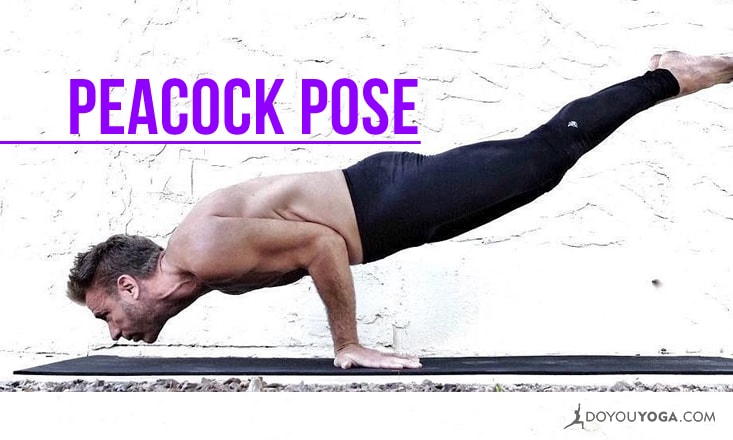Flashy arm balances are getting a lot of attention on social media sites like Instagram. It’s hard to resist double tapping for a yogi balancing on a fingertip off the side of a cliff. However, while arm balances may look effortless in photos, they require a considerable amount of arm and core strength, concentration, balance, and patience.
Mayurasana, or Peacock Pose, is an especially impressive-looking posture. With your hands propped up underneath your belly, it looks like you are literally levitating.
Caution: while you may be tempted to jump into this exciting pose, please know that it is a very advanced posture and requires a strong practice before attempting in order to avoid injury.
Benefits of Mayurasana
Besides getting the perfect insta post, there are lots of reasons to practice Mayurasana.
- To get into this posture, you have to reverse the direction of your wrists and elbows that you are used to in Chaturanga. This change will challenge your muscles in a new and unique way to build strength in your wrists and forearms.
- While you have to have significant core strength in the first place in order to successfully execute this posture, Mayurasana will provide an additional challenge for your core and will strengthen your abdominal section.
How to Do Mayurasana, Step-by-Step
- From all fours, turn your hands so that your fingertips face back towards you.
- Bring your hands next to one another underneath your bellybutton. Bend your elbows and press your pinky fingers together, making a connection all the way up to your elbows.
- Engage your core and lean forward, setting your core onto your elbow and tricep shelf.
- Bring your gaze forward and shift your weight forward.
- Keep pressing your arms towards one another and lift your upper back up slightly.
- Extend your legs back one at a time into a Plank-like position.
- Engage the backs of your legs and squeeze your inner thighs together.
- Play around with your balance, floating one leg a time, until you can eventually lift and balance both legs in the air.
Practice Tips
While it may seem that the arms are doing all the work, it’s core strength that makes this posture possible. With a strong core as your center of gravity, you will be able to play around with your balance. The key is shifting your center of gravity and weight slightly forward so that your legs can float naturally.
Precautions and Contraindications
I can’t stress enough that Mayurasana is an advanced posture. You should have a strong practice before attempting this pose to avoid any injuries. If you are very comfortable with practicing Chaturanga and feel ready for an extra challenge, Mayurasana is right for you.
Avoid practicing Mayurasana if you have any wrist, elbow, or shoulder injuries.
Arm balances like Mayurasana are liberating when your form finally clicks and you take off flying. However, keep in mind that like all good things, advanced arm balances take patience before achieving.
I encourage you to let go of your ego and take this pose one step at a time, listening to your body as you move slowly with patience and care. Before you know it, you’ll be flying.
Image Credit: Gordon Ogden


